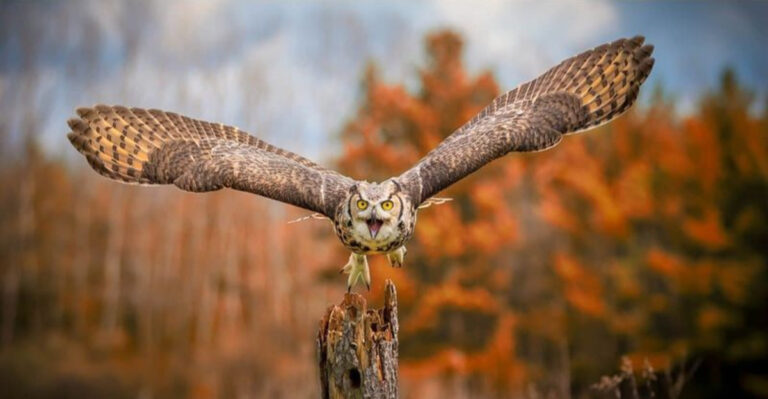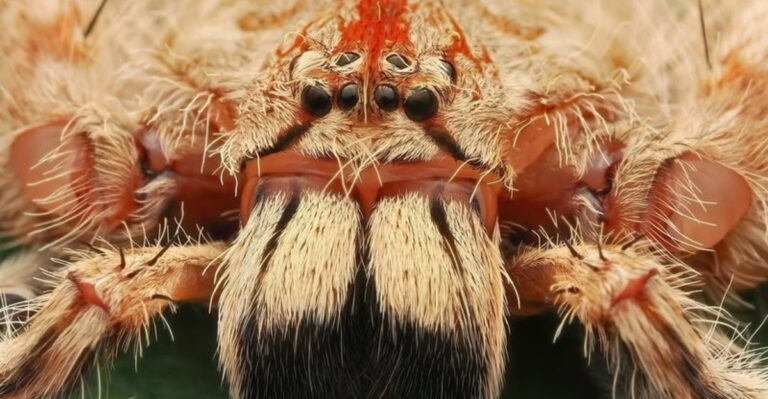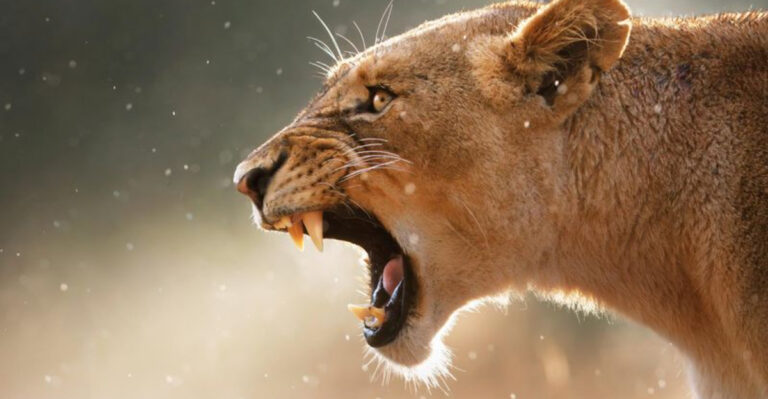11 Stunning Facts About Chinchillas
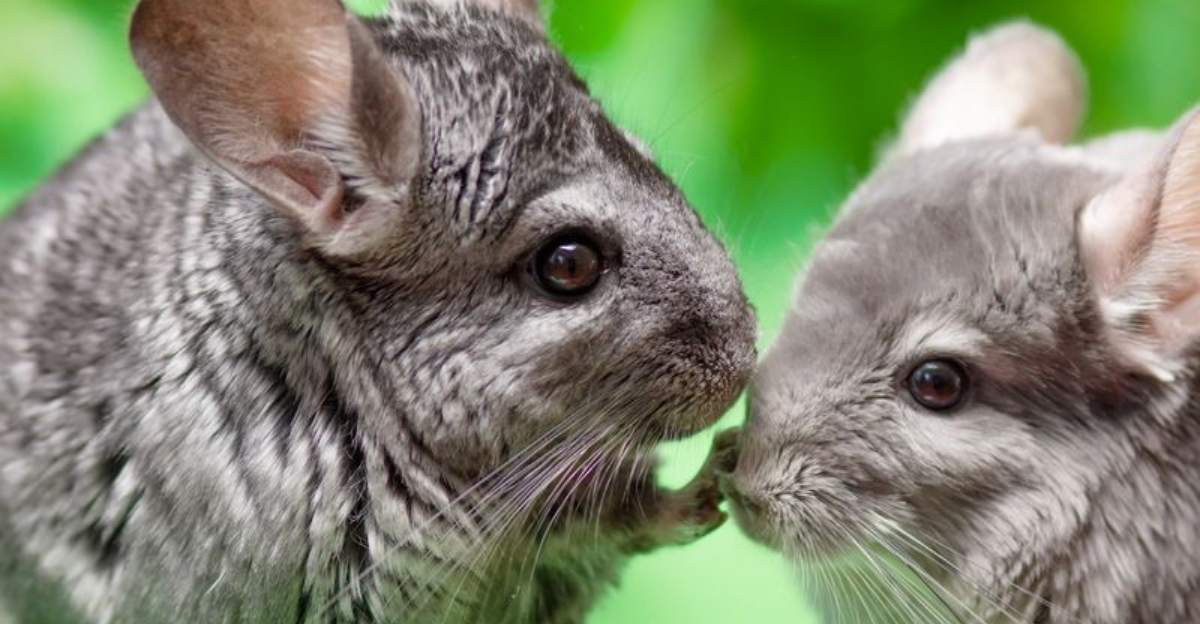
Prepare to be amazed by these fluffy, mysterious creatures known as chinchillas. From their incredible ability to jump to their sand baths that look like dances, chinchillas are full of surprises.
Let’s embark on an engaging journey to uncover some stunning facts that will leave you in awe of these delightful animals.
1. The Ultimate Jumpers
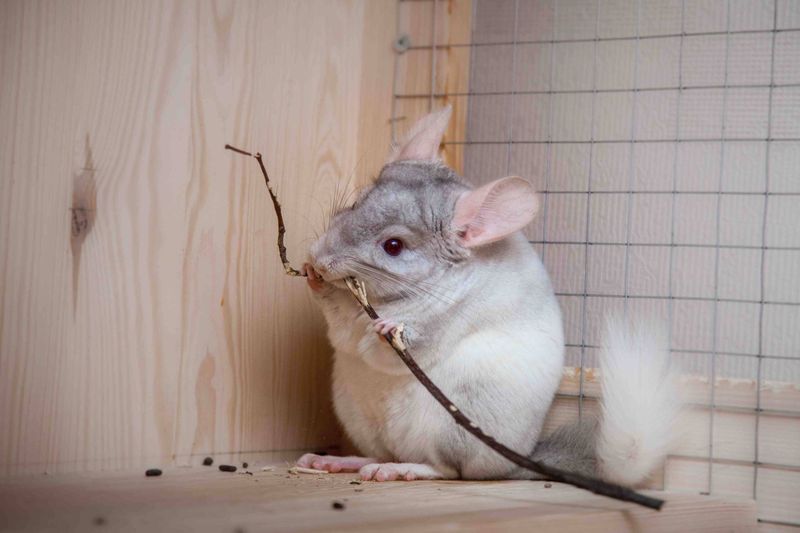
Chinchillas are astounding jumpers, capable of leaping up to six feet high! Imagine a tiny furball bouncing with the grace and skill of an Olympic athlete. These little creatures use their powerful hind legs to propel themselves to incredible heights, a skill perfected in their native Andes Mountains. Their ability to jump such vast distances helps them evade predators and navigate complex terrains.
Living in the wild, chinchillas often find themselves on rocky cliffs, where jumping isn’t just a talent—it’s a survival mechanism. This remarkable agility is not just limited to the wild. Even in captivity, chinchillas continue to impress with their acrobatics, often giving their owners an awe-inspiring show of vertical prowess.
So, next time you see a chinchilla, remember, you’re in the presence of a jumping sensation that defies its diminutive size!
2. Fur That’s Worth More Than Gold
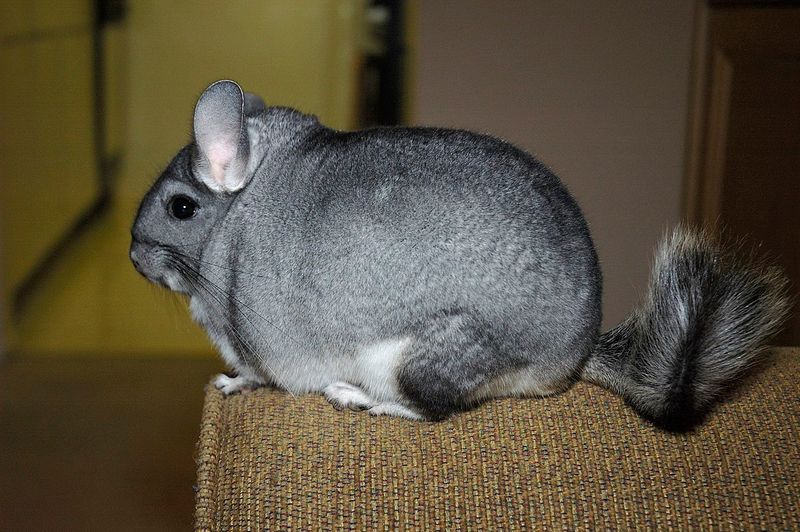
The chinchilla’s fur is so incredibly dense and luxurious that it was once considered more precious than gold. With over 20,000 hair strands per square centimeter, their fur acts as a protective barrier against moisture and cold. This dense fur is the secret to their iconic fluffy appearance that makes people fall in love at first sight.
This beautiful fur, however, is also the reason chinchillas have faced the threat of extinction. Hunted extensively for their pelts in the past, wild chinchilla populations dwindled. Conservation efforts have thankfully helped stabilize these populations, but their fur remains a symbol of both beauty and vulnerability.
Today, ethical breeding and strict regulations ensure that chinchilla fur is appreciated without endangering their existence. Admire their softness, but remember, it’s not just a coat—it’s a history of survival and a testament to their remarkable adaptation.
3. Sand Bathing Rituals
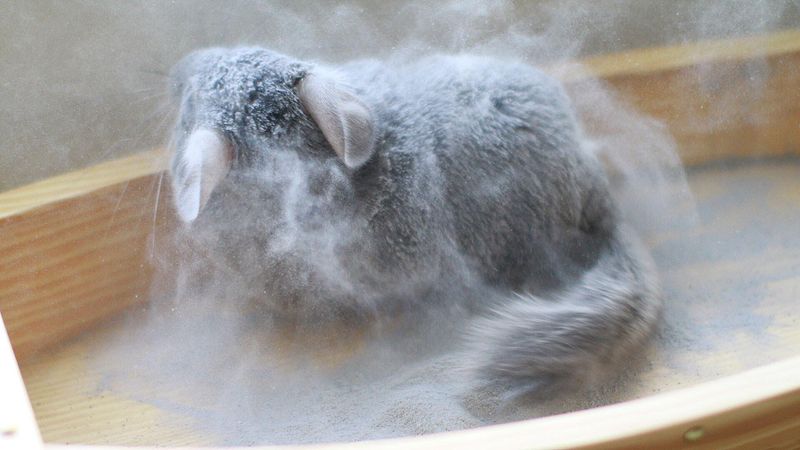
Unlike most animals, chinchillas don’t bathe in water. Instead, they indulge in sand baths that are as fascinating to watch as they are beneficial for them. Chinchillas roll around in fine volcanic ash to keep their fur dry and clean, a ritual essential for their health.
Water can damage their thick fur, leading to matting and skin issues, so these sand baths are not just quirky—they’re crucial. The sight of a chinchilla flipping and spinning in the dust is nothing short of a delightful performance, a dance of fluff and ash.
Providing a chinchilla with regular sand baths is vital for their well-being. It’s more than hygiene; it’s a natural behavior that keeps them happy and healthy. So, if you ever see a chinchilla playing in the sand, know that it’s doing what it loves best!
4. Social Butterflies
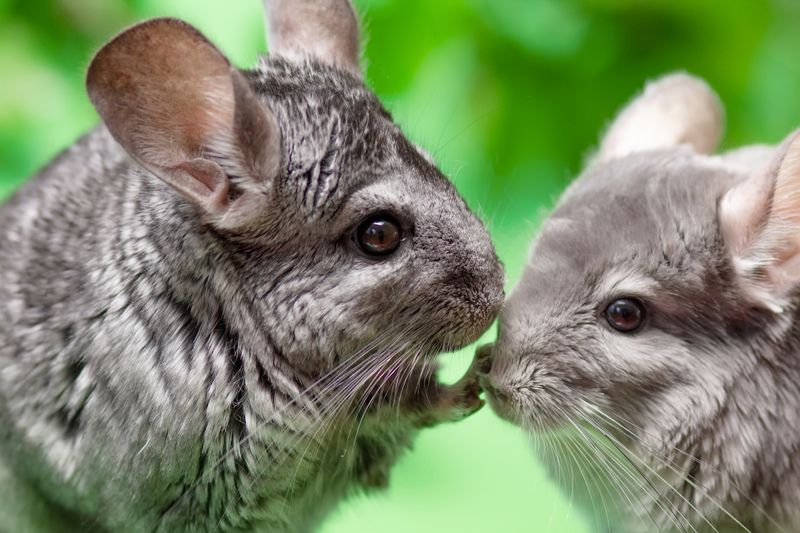
Chinchillas are highly social animals that thrive on companionship. In the wild, they live in colonies often numbering hundreds, engaging in complex social structures. Their friendly nature translates into playful interactions that are a joy to observe.
If you’re considering a chinchilla as a pet, remember they do best with a buddy. Keeping them in pairs or small groups ensures mental stimulation and emotional well-being. Watching chinchillas groom each other or play tag in their enclosure is not just entertaining but heartwarming.
However, introducing chinchillas to new companions should be done gradually to ensure harmony. These little socialites teach us the importance of community and friendship, reminding us that even the smallest creatures need company to thrive.
5. Nocturnal Life
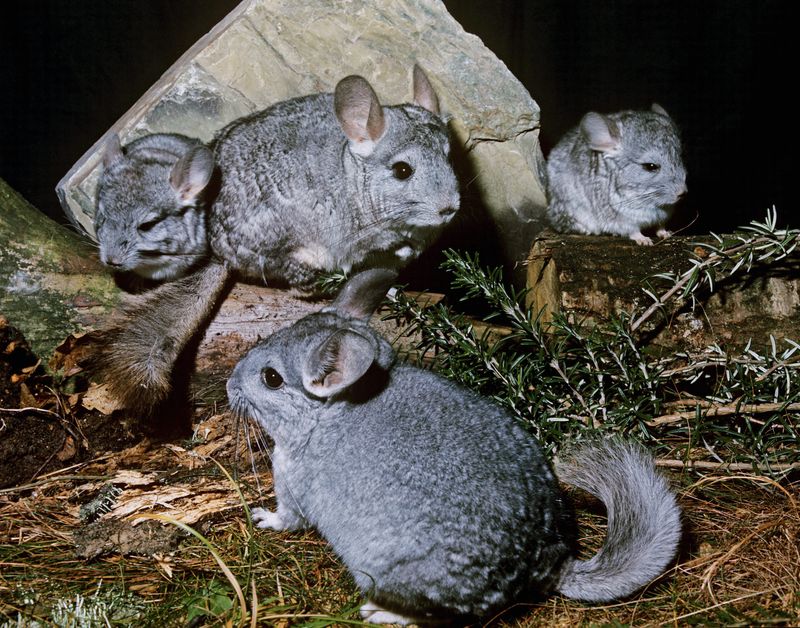
Being nocturnal, chinchillas come alive when the sun sets. Their nights are filled with activity and exploration, reflecting their natural lifestyle. This nocturnal behavior is vital for survival in the wild, helping them avoid daytime predators.
In captivity, this can mean your chinchilla may be most active when you’re winding down for the day. Expect nighttime antics, from running in their wheels to rearranging their environment.
Understanding their nocturnal nature helps in providing the right environment for their energy bursts. Nighttime is playtime for chinchillas, and providing them with activities during these hours keeps them happy and healthy. So if you hear the scuffles and shuffles in the dark, know your chinchilla is simply living its best life.
6. Diet Of Champions
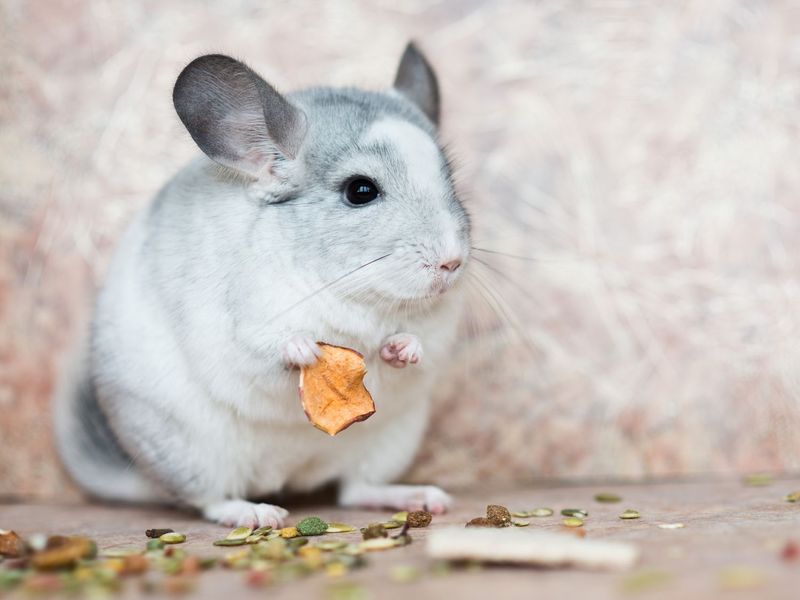
Chinchillas have a unique diet that reflects their natural habitat. These herbivores love munching on fresh hay, high-fiber pellets, and a variety of seeds and dried fruits. This diet is crucial for maintaining their delicate digestive systems.
Providing the right balance of nutrients is essential, as chinchillas can be prone to gastrointestinal issues if their diet isn’t carefully managed. Fresh water and a steady supply of high-quality hay should always be available.
Owners must resist the temptation to treat chinchillas like other pets, feeding them unsuitable foods. Treating them to occasional healthy snacks, like a small raisin, makes them happy without compromising their health. Remember, feeding a chinchilla isn’t just about filling their belly—it’s about nurturing their well-being through mindful nutrition.
7. Incredible Lifespan
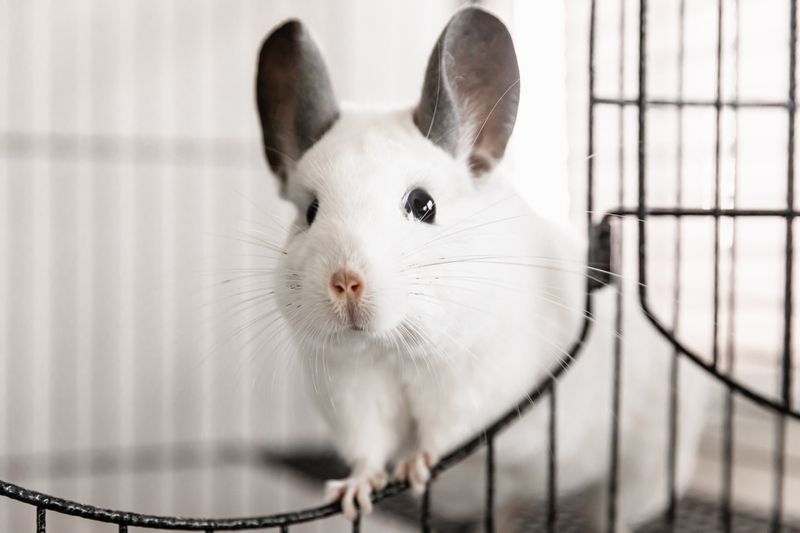
Chinchillas are known for their impressive lifespan, often living up to 15 or even 20 years when well cared for. This longevity is a testament to their robust health and the care provided by dedicated owners.
In the wild, life expectancy can be shorter due to natural predators and environmental challenges. However, in a loving home with proper nutrition, social interaction, and veterinary care, chinchillas can thrive for decades.
Committing to a chinchilla as a pet means preparing for a long-term relationship. Their extended lifespan offers years of companionship and joy, and they become cherished members of the family. When you welcome a chinchilla into your life, you’re embracing a friendship that truly stands the test of time.
8. Superb Hearing
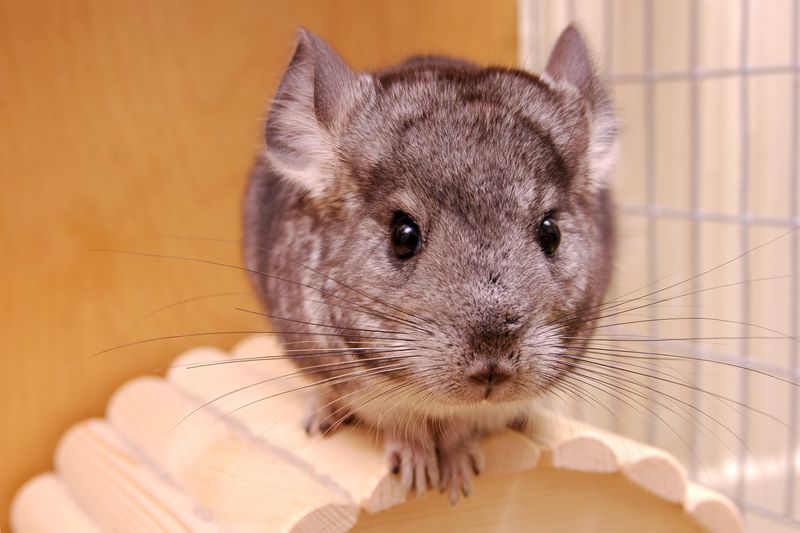
With ears sized to perfection, chinchillas boast exceptional hearing abilities. These keen senses are crucial for detecting predators and navigating their environment. Their large, rounded ears are both adorable and functional.
Chinchillas can pick up a wide range of sounds, including frequencies beyond human hearing. This acute sense allows them to communicate effectively within their colonies and respond quickly to changes around them.
For chinchilla owners, understanding their pet’s sensitivity to sound is important. Loud noises can be stressful, so creating a calm environment is key. Embracing the quiet helps chinchillas feel safe and secure, allowing their remarkable hearing to serve them best.
9. Unique Dental Needs
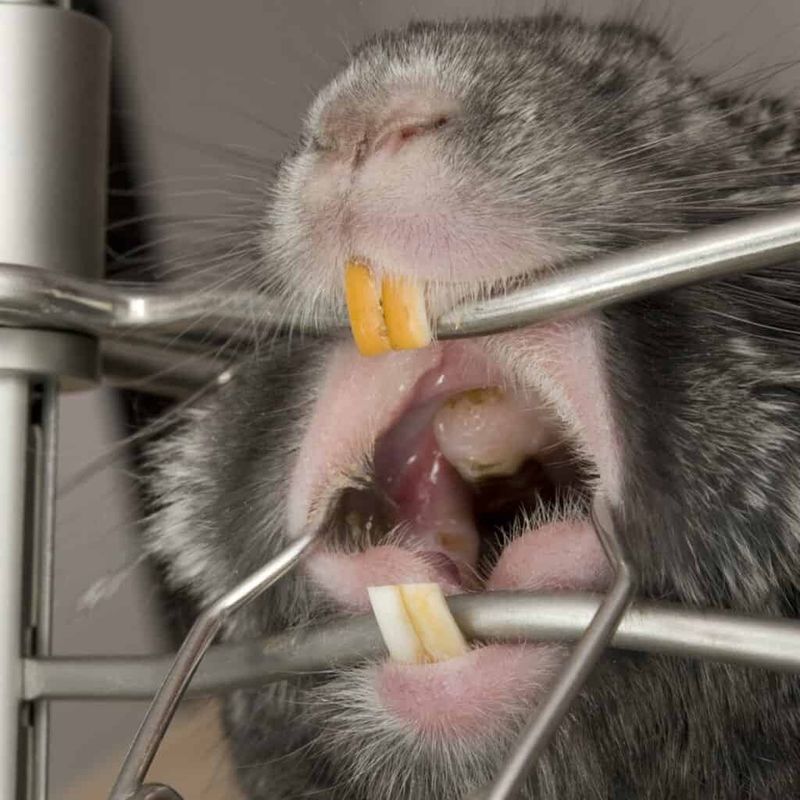
Chinchilla teeth never stop growing, which makes dental care a unique priority. They constantly gnaw on wood and other safe materials to keep their teeth in check. This continuous growth means providing chew toys isn’t just fun—it’s necessary.
Without proper wear, chinchilla teeth can become overgrown, leading to pain and health issues. Offering a variety of wooden chews ensures their dental health and keeps their instincts satisfied.
Understanding this need is crucial for any chinchilla owner. Regularly checking their teeth and providing appropriate materials to gnaw on is part of responsible care. It’s a small effort that makes a big difference, ensuring your chinchilla stays healthy and comfortable.
10. The Chinchilla’s Tail
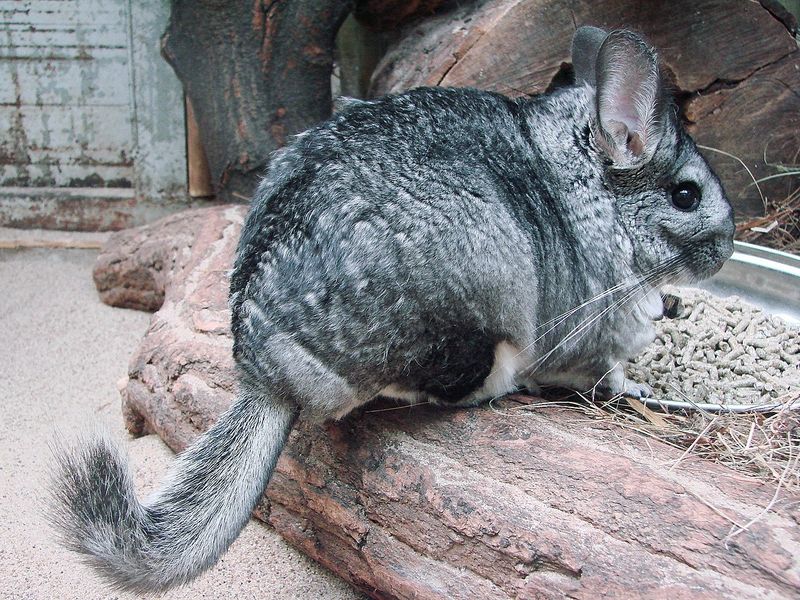
A chinchilla’s tail is not just a fluffy accessory; it’s a versatile tool. Long and bushy, it provides balance during their acrobatic jumps and serves as a communication tool with other chinchillas.
In the wild, a chinchilla’s tail helps them navigate rocky terrains and maintain stability. It’s also used to express emotions, much like a cat’s tail, swishing when excited or relaxed.
For owners, observing a chinchilla’s tail movements can offer insights into their mood and needs. A happy chinchilla often displays a relaxed, fluffy tail, while a twitching tail might indicate curiosity or alertness. Their tails tell tales if you know how to listen.
11. Rare Genetic Colors
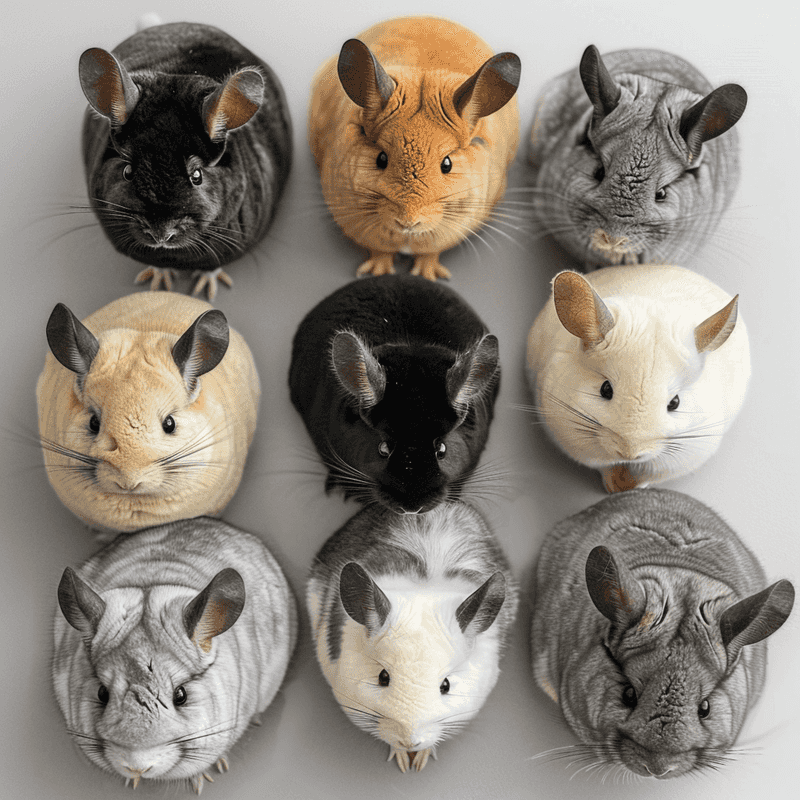
Chinchillas naturally come in a range of beautiful fur colors, but some genetic variations produce truly rare hues. From the rich, deep violets to soft, warm beiges, each color variant adds to the chinchilla’s allure.
These rare colors are often the result of selective breeding and can be prized among enthusiasts. However, these genetic traits don’t affect their personality—each chinchilla remains uniquely delightful regardless of color.
Understanding and appreciating these variations can enrich one’s experience with chinchillas. Whether you’re drawn to a classic grey or a striking sapphire, each chinchilla carries its charm. They remind us that beauty comes in many shades, each one worthy of admiration.


